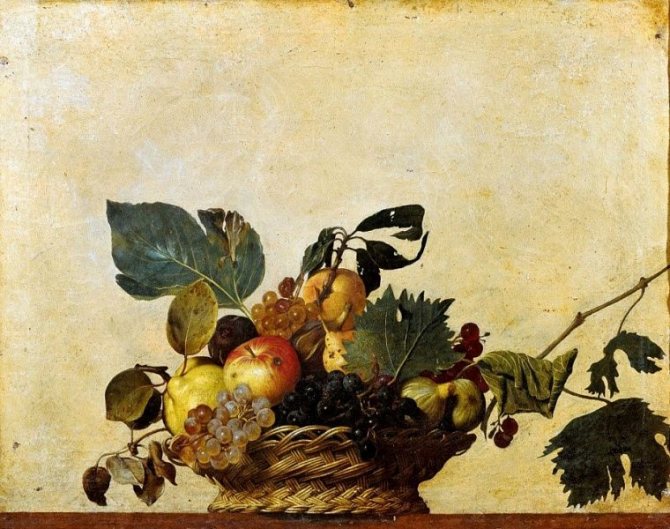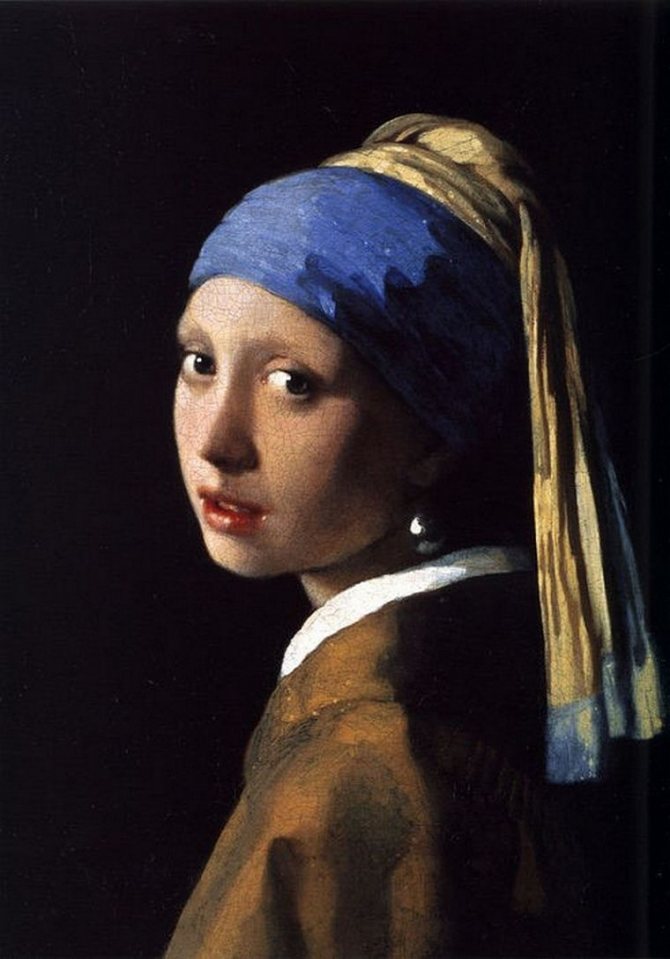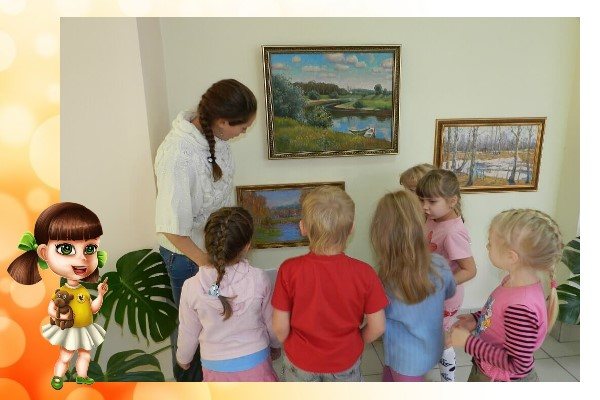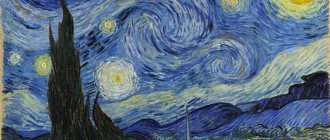V. Polenov “Moscow courtyard”
V. Polenov “Moscow courtyard” (1873)
This is one of the most famous paintings by the Russian landscape painter and master of genre painting Vasily Polenov (1844-1927). With this work the artist made his debut at the 6th exhibition of the Association of Itinerants.
It is interesting that Polenov painted the picture in a hurry and was not entirely happy with it. However, "Moscow Yard" was a huge critical success. The work, in their opinion, stood out from the background of other works with some special poetry and elegiac Turgenev mood.
After “Moscow Courtyard,” Polenov was dubbed the master of “intimate” landscape, which means “deeply personal, sincere, intimate.” In general, the very concept of “intimate landscape” suits any painting in which one can feel the emotional state of its author.
The picture became iconic for the history of Moscow.
Thanks to it, you can look into the past and imagine what the city was like in the 1870s. In the 19th and 20th centuries, the main urban planning unit of the city was not streets and squares, but the house and courtyard. At that time, mansions sometimes occupied entire blocks and were surrounded by gardens and courtyard buildings. By the way, the Church of the Savior in Peski near Arbat, depicted in the picture, has been preserved in almost the same form in the capital to this day. Task for the child:
Ask your child: what does he see in the picture? What are the children and the woman doing? What time of year is shown? What animals and birds does he see?
M. Caravaggio “Fruit Basket”

M. Caravaggio “Fruit Basket” (1597)
The Italian artist Michelangelo de Caravaggio (1571-1610) is considered a reformer of European painting in the 17th century, the founder of realism and one of the greatest masters of Baroque painting.
“Fruit Basket” was painted by a 22-year-old artist more than 400 years ago and is considered the first still life painting in the history of painting. The young master forever went down in history as the founder of this genre, innovative for that time.
What kind of genre is still life?
This is an image of objects and things that relate to everyday life and everyday life of people. Still lifes, as a rule, do not contain any plot, except for the composition itself, assembled from two or more objects. The artist's task is to capture objects as they are. In this case, Caravaggio tried to depict the fruit as naturally as possible. Some of them look like they were just picked and carelessly thrown into a basket. In some places the image even resembles a photograph. Task for the child:
Ask your child: what does he see in the picture? What fruits are shown on it? What color are they?
I. Aivazovsky “Rainbow”

I. Aivazovsky “Rainbow” (1873)
The painting “Rainbow” is one of 4,000 works that the outstanding 19th century marine painter Ivan Aivazovsky (1817-1900) dedicated to the water element. On his canvases he depicted more than a dozen seas on different continents. In total, during his life the artist created about 6,000 thousand paintings.
Aivazovsky was born in Crimea and fell in love with the sea from early childhood. He could sit on the shore for hours, peer into every detail and admire the beauty of the seascape. In the future, this allowed him to very realistically depict the various states of sea water.
All the artist’s work is colored with the features of romanticism.
Therefore, the water element in Aivazovsky’s canvases is most often stormy and restless, just like in the painting “Rainbow”. This is the story of one crash with a happy ending. The small ship, unable to withstand the blows of the elements, tilted treacherously and was about to sink. People, in the hope of salvation, moved into tiny boats and continue to withstand the menacing storm. In a doomed situation, the painter gives hope for the best: he depicts a small seagull, which seems to show people the path to salvation. And the rainbow is a favorite motif of romantics and a biblical symbol of the end of the flood. Task for the child:
Let the child look carefully at the picture and find the seagull and the rainbow. What's happening at sea? What colors is the work done in?
J. Vermeer “Girl with a Pearl Earring”

J. Vermeer “Girl with a Pearl Earring” (1665)
The portrait “Girl with a Pearl Earring” by the iconic Dutch artist Jan Vermeer (1632-1675) is one of the most mysterious paintings of the millennium. And the painter himself is recognized as one of the greatest masters of painting of the Golden Age of Holland.
The painting was made in the “troni” genre, popular in the 17th century, translated from Dutch as “head, face”. These are small portraits in which the model was depicted in some unusual costume.
Fans and art critics are amazed by how realistic Vermeer’s portrait of the girl was, her turn of the head and gaze... The uniqueness of the painting is also in the fact that the characters in the artist’s other canvases rarely look at each other and almost never at the viewer, but not the girl with a pearl earring .
Researchers still do not know for sure who is depicted in the painting. Just like the fact that the earring is a pearl. In 2022, specialists from the Dutch museum illuminated the painting with X-rays and analyzed the paint. It turned out that earlier the highlights on the earring looked different and the artist actually depicted it in the form of a flat silver or enamel pendant. But, despite this fact, the painting is still referred to as “Girl with a Pearl Earring.”
To create his works, Vermeer used the best pigments available to artists in the 17th century, which gave the paintings luminosity.
In particular, natural ultramarine and what is now called “yellow of the old masters”. These two colors are exactly represented in the painting “Girl with a Pearl Earring.” Task for the child:
Ask your child: who does he see in the picture? Let him describe the girl, how old could she be? What colors and shades does he see?
Painting
How to introduce a child to masterpieces of painting? It's good if you live in Moscow or St. Petersburg. The Tretyakov Gallery and the Hermitage can impress a child. And it’s easier for you to tell and show famous paintings here. However, in museums and galleries in other cities there are not such a large number of paintings. And, of course, after visiting the main museums of the city with your little one, you will want to continue.

Now we, modern parents, have a wonderful assistant in finding information - the Internet. And here we will find a lot of wonderful works. You can choose some, especially those authors recommended by child psychologists to start getting acquainted with the paintings. That is, they should be light, cheerful, maybe with children or animals. Review together.
For example, such artists as Shishkin, Vasnetsov, Nesterov. Then you can begin to complicate it, showing more complex works where you need to reflect and think. Even Leonardo da Vinci. All the generations that existed before us and we also struggled with the answers to the riddles hidden in the paintings of the great artist. Just for fun, ask your child what he thinks about the Mona Lisa. You can also show paintings with a plot, a specific scene.
And here is the main point! Be sure to watch your baby's reaction very carefully. You can’t continue to get acquainted with art against the will of the baby, insist, while getting angry. Everything has its time. And so it is with kids. He may want to look at the painting right away and ask about it. Or he may be ready to watch it only in a few months. Don't rush him. Everything will come in due time.
The second point is to observe if the baby becomes agitated while looking at the picture or is frightened by some plot. Ask him if he may not want to consider it further. So it's not time yet. Save it for later. Continue to other works. And remember that the child is looking at you, at your reaction, at your emotions. If you took your little one to an exhibition of paintings for the sake of formality, you yourself stand and yawn. And then don’t expect the baby to be interested. Go together when you're both ready. You need to tune in.





